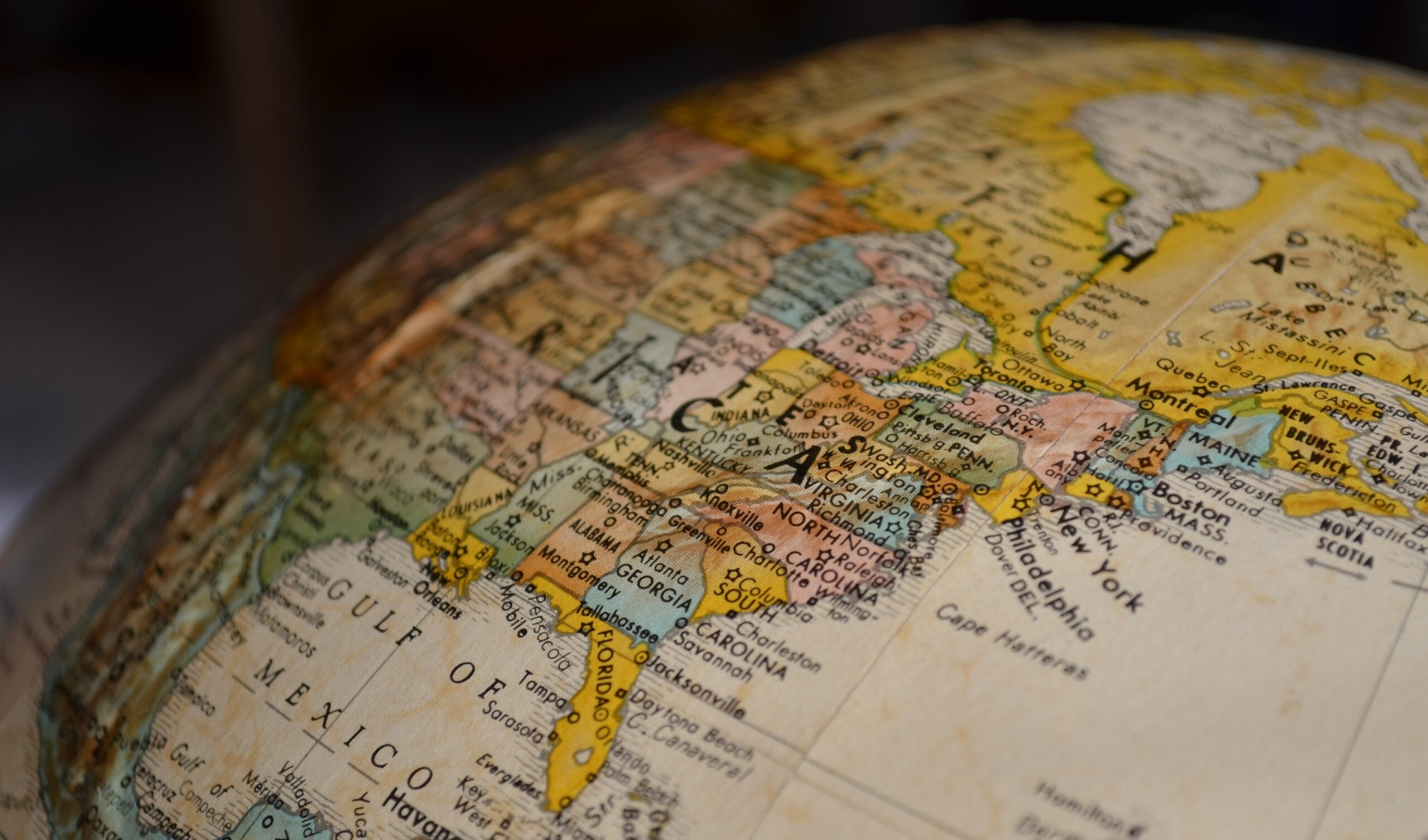28 June 2019
Protecting Your Trade Mark Outside Australia – A Primer to the Madrid Protocol
In the modern globalised economy, it is increasingly important for Australian providers of products and services to protect their intellectual property (IP) not just locally, but also in other countries. This article considers how one form of IP, trade marks, can be protected internationally by Australian businesses.
Please note that this article provides an overview only. Intellectual property is a complex area. This article is not intended as a substitute for independent legal advice.
What are Trade Marks?
Trade marks are a means of identifying a unique product or service. It is often referred to as a brand.
Under Australian law, trade marks are defined as “a sign used, or intended to be used, to distinguish goods or services dealt with or provided in the course of trade by a person from goods or services so dealt with or provided by another person”. A “sign” is broadly defined. It can include any of the following or combination of the following: “any letter, word, name, signature, numeral, device, brand, heading, label, ticket, aspect of packaging, shape, colour, sound or scent”.
Having a registered trade mark provides to the holder with of the mark an exclusive right to sell products or services of a particular class using that mark. The owner may take protective action against competitors who attempt to sell products or services of that type using the same or similar mark.
While the holder of an unregistered trade mark has certain rights under common law and fair trading legislation in Australia, protecting goodwill associated with branding is much more difficult than if a trade mark had been registered. There is also the real risk that a competitor may attempt to register the mark themselves.
For these reasons, it is strongly recommended that goodwill generated by branding is protected by registration of trade marks not only in Australia but in each country where products are intended to be sold or services provided under.
In Australia, trade marks can be registered online through IP Australia. Subject to the following, registration of trade marks outside Australia is required to be completed with the trade mark office in each separate country.
The Madrid Protocol
It is possible to apply to register a trade mark in other countries by applying directly to that country’s trade mark office. This can be an expensive and difficult process, and requires separate applications to each country in which protection is sought.
Fortunately, Australia is a party to the Madrid Protocol. This is an international agreement that provides for a streamlined process of obtaining international trade marks among the countries it covers. Currently, there are 104 members, including the United States, European Union (EU), Canada and New Zealand. Registrations that nominate the EU will be effective in each of the EU’s member states.
A single application can cover multiple countries.
The Application Process
To use the Madrid Protocol, it is necessary to have first applied for a trade mark in Australia and to have received at least a filing number. An Application for International Registration can then be made through IP Australia, who will then send it to the World Intellectual Property Organisation (WIPO).
The application carries a fee, which varies depending on which countries are selected. WIPO provides a fee calculator which can advise the relevant fee ahead of time.
After receiving the application, WIPO will examine the application for technical compliance (in other words, that the form has been completed properly, and the fee has been paid). It will then forward the application to the trade mark offices of all the relevant countries. From that point, each country will separately assess the application as if it had been made directly to them.
Each country’s office has up to 12 or 18 months (depending on the country) to grant or refuse the trade mark. A country may issue a notice of intention to refuse, which will outline items that must be amended before the trade mark will be accepted.
Please note that the validity of any international trade marks made through the Madrid Protocol relies upon the continuing validity of your Australian trade mark.
Madrid Protocol trade marks must be renewed every 10 years.
Summary
The Madrid Protocol framework provides an efficient means of applying for trade mark protection in multiple countries at once.
If you require any assistance with the registration of trade marks in Australia or internationally please contact JHK Legal on 07 3859 4500 or brisbane@jhklegal.com.au.
Written by Matthew Paul, Solicitor
